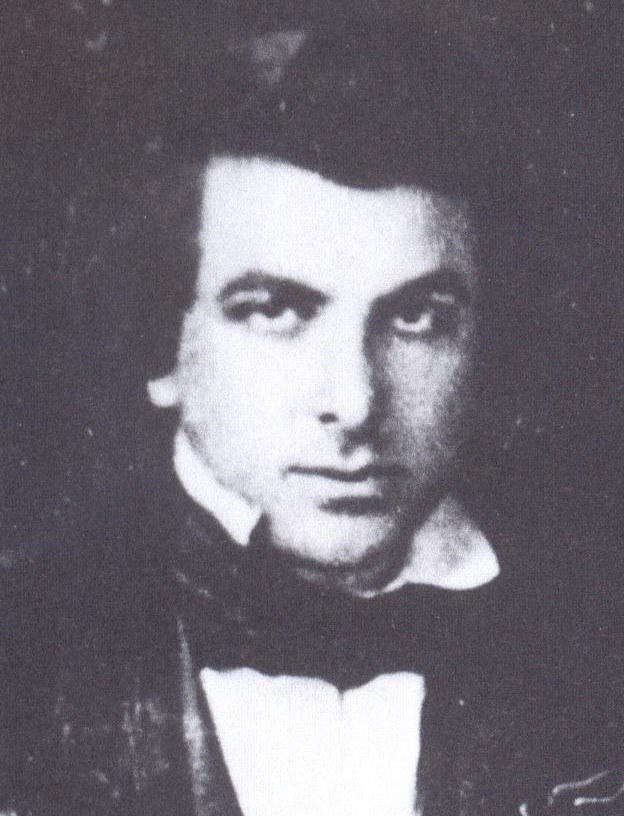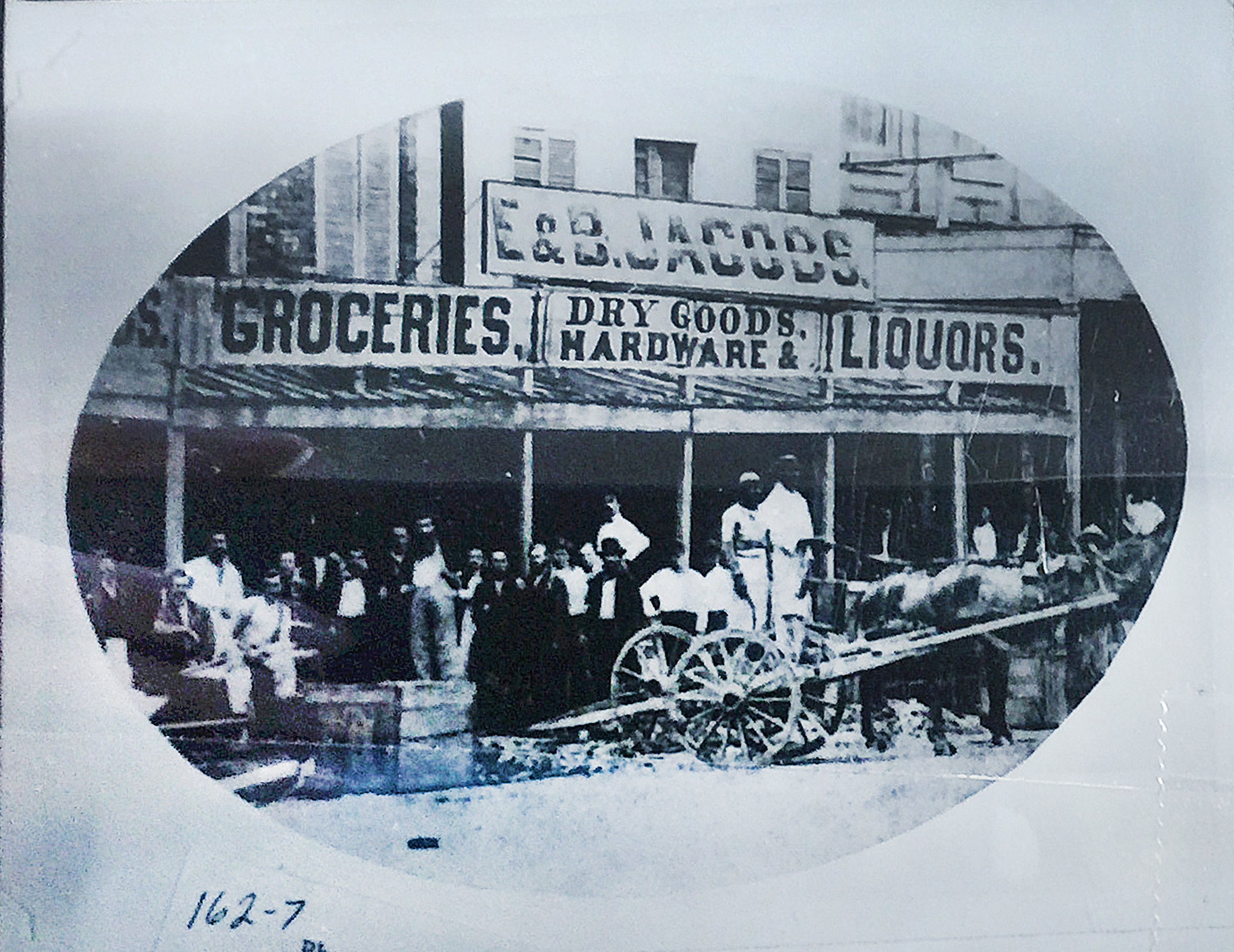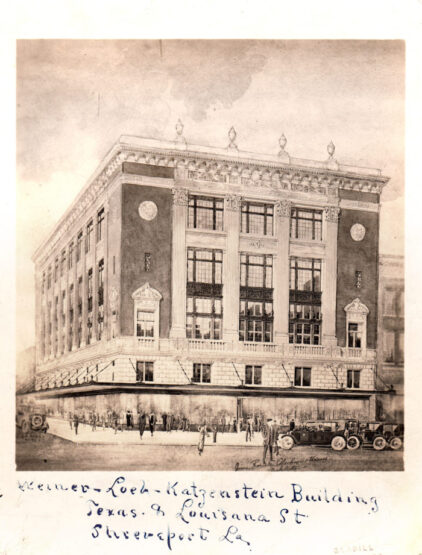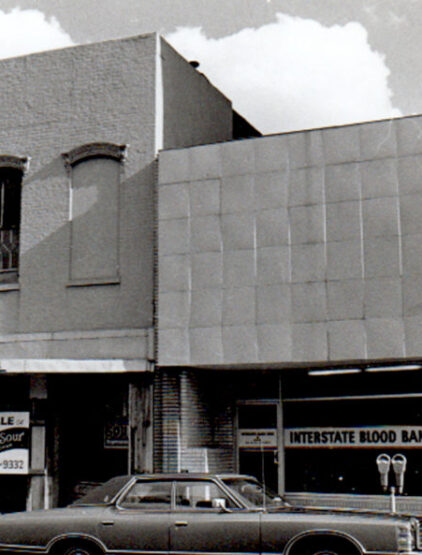Edward Jacobs: The Ghostly Banker of Shreveport?
Meet Edward Jacobs, the founder of one of the wealthiest financial institutions of Shreveport during his time. First National Bank of Shreveport flourished at its former downtown location, conducting business with many prominent community members. 
Jacobs journeyed from Pomerania with very little to create the successful company near the corner of Milam and Spring streets. It’s rumored his ghost haunts the building, which is one of the oldest in Shreveport, according to the Haunted Deep South blog. We’ll lend you the history and let you decide the haunting yourself.
The Early Years
Born in Pomerania, Jacobs immigrated to the United States in 1842, settling in Shreveport two years later. Though he and his brother, Benjamin, came with few resources, they opened a business in downtown Shreveport called E & B Jacobs, standing where the Spring Street Historical Museum is today.
The brothers’ business grew and achieved national status in 1887, taking the new name of First National Bank of Shreveport, according to the Biographical and Historical Memoirs of Northwest Louisiana. Though other community members held stock in the bank, Jacobs and his son owned a large portion. Rich and prominent area residents conducted business at the bank, which took in tons of deposits and successfully flourished.
The Jacobs family remained influential in the Shreveport community, starting First National Bank of Shreveport as well as other involvements.
Enhancing a Community
Jacobs married and had 12 children before and during the formation of his business. He owned, at one time, the largest amount of land in Caddo Parish, on some of which he planted cotton.
The community knew Jacobs not only through his successful business but also by his intelligence, work ethic and progressive ideas. Jacobs was dubbed a self-made man, coming to the United States with very little capital and creating a fruitful life for his family, as told by the Biographical and Historical Memoirs of Northwest Louisiana.
Preserving More Than History
The First National Bank of Shreveport eventually merged with Premier Bank, which then joined Bank One and ended in a merger with Chase Bank. The historic building that housed Jacobs’ business saw several other occupants, including insurance companies and a bar.
After the property fell into the keeping of the Shreveport Committee of the National Society of Colonial Dames of America in the State of Louisiana by donation, the society restored the building and managed to keep several elements, like the original vault door, wood floors and molding.
The momentous building became the Spring Street Historical Museum in 1977, which still exists today and displays historic treasures like clothing from the 1800s, antique maps, photographs and paintings, among other artifacts. Though Jacobs’ business has retired from the building, the landmark stands as a reminder of his community influence through new ideas and relentless drive to create one of the wealthiest financial institutions of his time in Shreveport.







